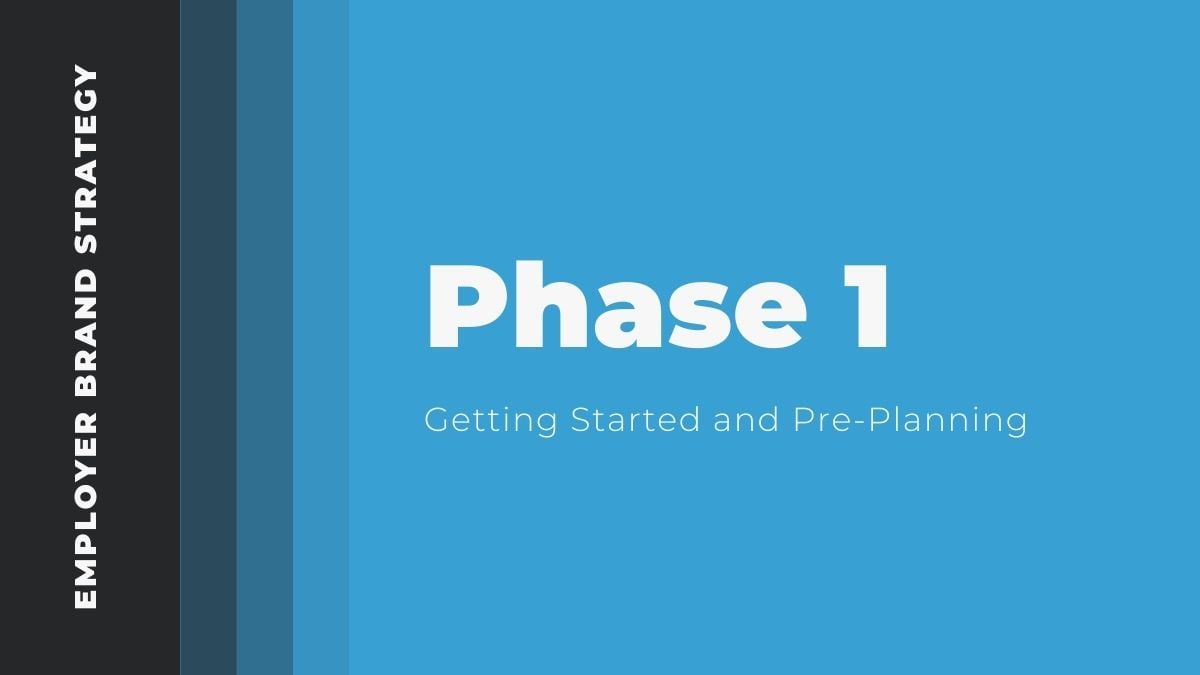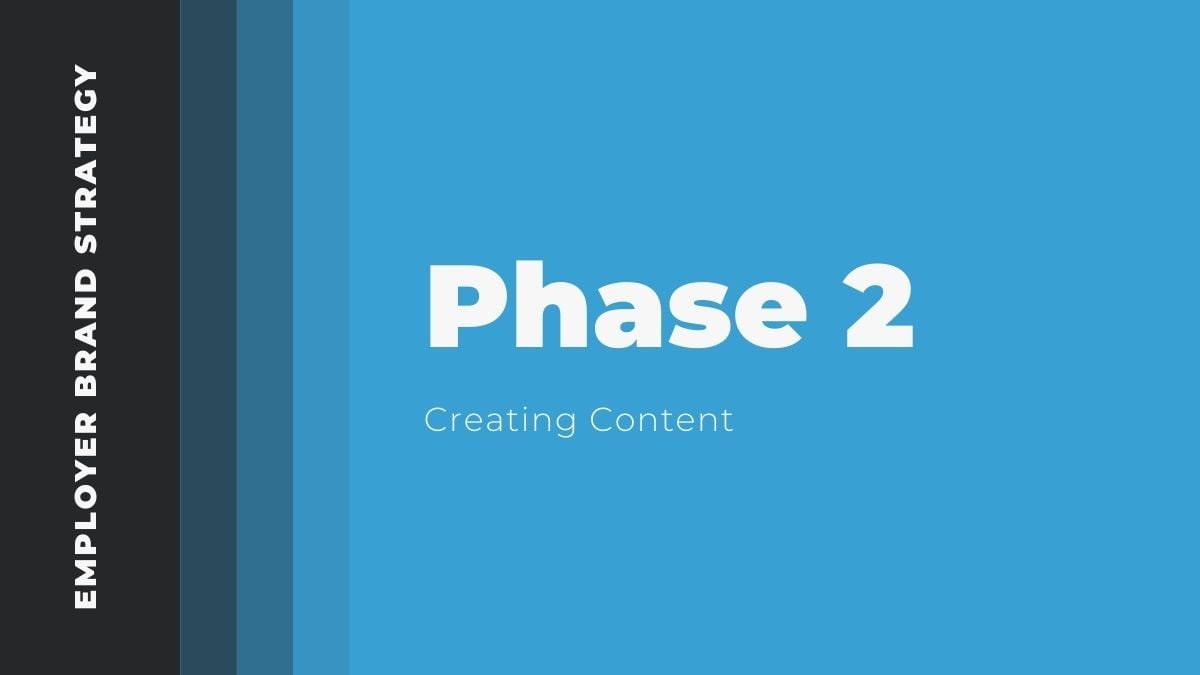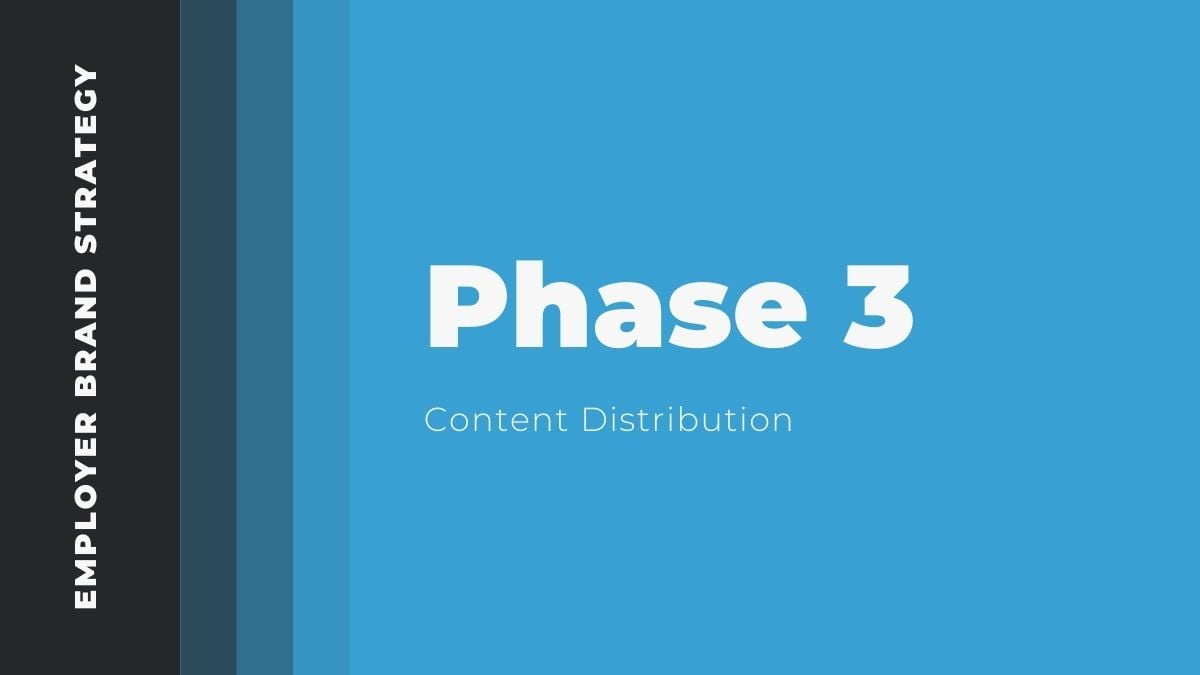Hiring top talent can be a real challenge for startups and tech companies. Recruiters are searching for top talent among a limited pool of applicants. And as candidates continue to search for companies offering the top benefits for employees, it becomes even harder to compete with established and emerging companies alike.
But hiring is important, especially for startups. You’re looking for a team that's going to help you grow your company. So how do you attract — and retain — better candidates, even when your recruiting budget is limited? And how do you communicate with them in a way that makes them see the value of working for your organization?
The answer lies in employer branding.
Employer branding is the process of building an image for your company that attracts and retains top talent. It's about communicating your company's mission, vision, values, and culture to potential employees in a way that makes them want to join your team.
Recruiting is hard enough as is. That’s why we’re breaking down the ins and outs of building an effective employer branding strategy.
Let’s get started.
14 Steps to Building and Executing a Powerful Employer Branding Strategy

1. Get Leadership Buy In
Before you do anything, you need to get your leadership bought into employer branding. It shouldn’t be a hard argument, but if your leadership isn’t already on board with you prioritizing this, then get them on board! Share why employer branding is important and the data supporting it (for example, 75% of job seekers consider a company’s employer brand before deciding to apply to a job, according to LinkedIn). You can’t do much until your leadership is on board with this focus and investment (time and/or money-wise).
2. Decide and Delegate Who is Responsible for What
Next it’s important to understand who is owning each part of the strategy. If you don’t already have a designated employer branding specialist (or recruiting marketing owner), will the People team be responsible for branding? Is it marketing? Who is researching things like distribution channels? Who will actually create the content? There’s not a right or wrong answer, but tap the people with the right strengths and make sure they are bought into the project. (For example, if you’re asking a content marketing writer to work on employer branding stories, make sure they understand the importance of what they’re doing and that the marketing manager and team is also prioritizing the initiative.)
3. Understand Where You Are in the Employer Branding Cycle
Are you just starting out? Are you Apple and everyone knows your name? Depending on your phase, your employer branding needs will vary. Think about what’s the main goal you want to achieve. Ask yourself: what’s missing? What’s the message we need to put out there? And who needs to see it? What do candidates want to know that they aren't yet getting?
4. Figure Out What Sets You Apart from Your Competitors
Before you start sharing your employer brand with the world, you need to understand what exactly your brand is. How do you want to come across to candidates? What’s the main message you want to get across?
Just like in business, it’s very helpful to think about employer branding in terms of your competitors. What do you offer that other tech companies in your industry don’t? Maybe it’s tied to your mission, or the growth opportunities at hand, or the culture of flexibility. Whatever it is, center your story around those main employer value propositions.
5. Who Is Your Ideal Candidate?
This might be something that recruiting and hiring managers have defined for individual roles, but when you think about your company as a whole, you have to understand who your ideal candidate is. Ask yourself, what kind of person would thrive at this company? Is it someone who thrives on structure, or someone who thrives on the constant change often found in startups? Is it someone looking for guidance or someone who is ready to take a stab at building something from the ground up? Are they curious? Do they take feedback well?
It’s critical to go back to your core values here. What are your core values? What kinds of people would exhibit these values? “Who would thrive at a place like this?”
Once you have that figured out, you can begin to understand what kind of story you need to tell in order to communicate those opportunities to candidates.
6. Understand Where Your Target Audience Lives Online
This is a key part to getting your employer brand “out there.” Out there where? That’s for you to find out. Are ideal candidates on LinkedIn often? Or are they hanging out in Slack communities? Do they spend time on Reddit? If you’re not sure where to find this information, ask the people who already work at your company. Chances are, you can find more people from those same communities.
It’s also extremely important to tap into new talent pools to discover diverse talent. Make a list of new job boards you could post on, Slack communities where tech people might be hanging out, local tech and diversity groups. It might take some time trying new things until you discover what sticks. That’s okay! It’s an important step to your strategy.

7. Start Blogging About What Your Company Does
Depending on where you are in the employer branding process, you might be able to skip (or maybe finesse) this step. One of the biggest things we hear from startups is that “people have never heard about us and don’t understand what we do.” So tell them!
Start a blog on your website covering what you’re up to. Share news updates, product updates, go behind the scenes with your product, share customer stories… this is good marketing all around the board, but it also gives candidates insight into what you do.
8. Create a Video that Introduces Your Company and Upload it to YouTube
In addition to blogs, start recording videos. Do an interview with employees or founders, share a behind-the-scenes look at the product or the office. Videos are a proven way to build an audience and engage with them.
Dynatrace shares an employee story
9. Share Employee Stories — And The Fun Stuff, Too!
While you’re at it, start sharing stories about the employee experience. Interview employees about their journey, their opportunities, or a day in their life at the company. If you need more ideas, check out these employer branding examples.
This is where it becomes important to return to those core values and that profile of an ideal candidate. Who is that person? Tell a story that will resonate with them and help them imagine themselves working at your company.
This is really key to good employer branding: telling an authentic story that helps candidates see themselves working there. So what does that mean exactly? It means sharing an authentic portrait of your employees and your culture.
It’s all about humanizing your company.
If your humans are silly, show them being silly. If people are serious, show them being serious. If happy hours are a big part of your team culture, share photos of a happy hour. If you have a big culture of team building via Slack, share a screenshot of all the different channels you have (#PetParents #BookClub #GreenTeam or whatever fun groups you have). This helps someone think, Hey, they have a book club, and I love to read. That could be fun for me to join!
And don’t worry too much about professional photos. They usually look posed and stiff anyway. The happy hour selfie from your phone is fine.

10. Share Your Content on Social Media and Other Appropriate Channels
Now that you have all this great content, it’s time to get it out there! Remember when you did that research to figure out where your ideal candidates are? Share your content with them there. Post on LinkedIn, join Slack communities and post there, link to content in your job descriptions or company profiles in job communities.
It’s important to post consistently and you’ll find that your audience will grow.
11. Encourage Current Employees to Engage on Social Media
If you’re sharing an employee story on LinkedIn, tag that employee and ask them to share the post. Get your employees engaging with all of your social media posts. Sometimes it’s as easy as asking them to like and share. Get the to post their own experiences of working at the company, especially when you have a big hiring push. Make it especially easy for them by giving employees a pre-written blurb that they can share on their LinkedIn.
12. Distribute Directly to Job Seekers on Your Site
Help the candidates who are already coming to your site understand your employer brand. Include clips of videos on your careers page, and add quotes from blog posts. In your job descriptions, link to relevant blog posts. In your candidate emails, include videos and links as candidates move through the hiring process.
For example, if you’re inviting someone to an interview, send them content about your company and what it’s like to work there. They’ll get a better sense of your company and culture and if it’s something they want to be a part of. This will be great for retention down the road!

Startup Detroit Happy Hour Attendees
13. Create Opportunities to Interact With Candidates at Conferences, Job Fairs and Industry Events
Another great way to get your brand out there is to literally get your brand out there! Attend startup events where you can connect with potential job seekers. Share more about your company and the employee experience. It’s so helpful to put a face to a name and have people meet the humans at your company. It’s the best way to get a sense of an employer brand because it’s really all about the people at the end of the day.
14. Build a Community of Potential Candidates
If you don’t have jobs available right now (or if you don’t have a wide range of jobs available), it’s always a good time to still be sharing your employer brand and building a pipeline of candidates. Make sure you have a clear action at the end of your content. That should be to either 1) Apply for jobs or 2) Submit interest for future jobs. Collect their email and their area of expertise. When jobs in those fields become available, you have a pipeline of interested candidates ready to reach out to. And chances are, if they were once interested in working at your company, they probably still would be!
Building and executing an effective employer branding strategy can feel daunting. And sometimes it’s good to pull in extra help. At Purpose Jobs, we love being a fractional part of recruiting and marketing teams to create and distribute employer branding content. (Drop us a line if you need help with this!)
Whoever is doing it or however you’re doing it, what matters is that your employer branding strategy helps you show potential candidates how great it is to work at your company. In an ideal world, your branding makes them want to knock on your door and say, “I want to work for you,” so that you spend less time knocking on their door asking them to apply.
And of course, when an employer brand is authentically communicated, you’ll end up hiring people who really vibe with your mission and culture — that statistically means they’re more likely to be in it for the long haul. So never underestimate the power of a well designed and built employer branding strategy.






.png?width=50&name=Erin%20Gregory%20(1).png)



